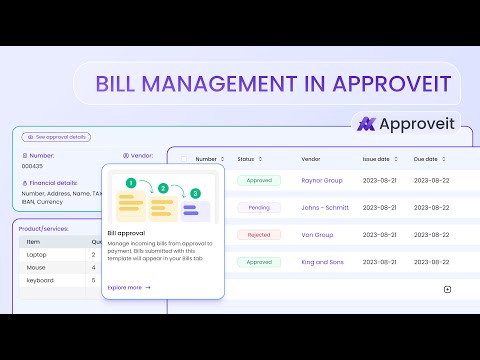
Automated Accounts Receivable: Revolutionizing Cash Flow Management
In today’s fast-paced business environment, managing finances effectively is crucial for success. One of the key areas that can significantly impact a company’s cash flow is accounts receivable. The traditional methods of tracking and collecting payments are not only time-consuming but also prone to errors. This is where automated accounts receivable solutions come into play, offering businesses a streamlined approach to manage their incoming cash flow.
What is Automated Accounts Receivable?
Automated accounts receivable refers to the use of technology to streamline and automate the process of managing and collecting outstanding customer invoices. This technology can include software applications, platforms, and tools that help businesses track payments, send reminders, and manage customer accounts efficiently. By automating these processes, businesses can reduce manual effort, minimize human errors, and speed up the collection of outstanding invoices.
The Benefits of Implementing Automated Accounts Receivable

The advantages of automating accounts receivable are substantial and can lead to notable improvements in both cash flow management and customer satisfaction. Here are some of the key benefits:
- Improved Efficiency: Automation reduces the time spent on manual processes such as data entry and payment tracking. This allows finance teams to focus on more strategic tasks rather than getting bogged down in paperwork.
- Enhanced Accuracy: By minimizing human involvement in the accounts receivable process, the likelihood of errors is significantly reduced. Automated systems can work in real-time, ensuring that data is always up to date.
- Faster Payments: Automated reminders and notifications can prompt customers to pay their invoices sooner. This assists in improving the overall cash flow of the business.
- Better Customer Relationships: Automated systems allow for personalized communication with clients regarding their accounts. A friendly reminder about an upcoming payment due can foster goodwill and improve relationships.
- Comprehensive Reporting: Many automated accounts receivable solutions come with robust reporting features, providing businesses with valuable insights into their cash flow and outstanding invoices.
- Scalability: As businesses grow, their accounts receivable processes often become more complex. Automated solutions can easily scale with the company, accommodating increased transaction volumes without requiring significant additional resources.
Key Features of Automated Accounts Receivable Solutions
When exploring automated accounts receivable software, there are several features to consider that can greatly enhance the effectiveness of these solutions:
- Invoice Generation: The ability to automatically generate and send invoices based on predefined schedules or triggering events helps maintain consistent communication with customers.
- Payment Processing: Integration with online payment platforms allows customers to pay invoices more conveniently, further accelerating cash flow.
- Reminder Notifications: Automatic reminders can be sent out based on invoicing dates, helping reduce overdue payments.
- Client Portal: A dedicated portal for customers to view their account status, make payments, and communicate with your finance team can enhance customer engagement.
- Analytics and Reporting: The ability to track key performance indicators such as Days Sales Outstanding (DSO) and collection rates provides valuable insights for business strategy.
Challenges of Implementing Automated Accounts Receivable
While there are numerous benefits, transitioning to automated accounts receivable solutions may also come with challenges. Here are a few to consider:

- Initial Setup Costs: The initial investment for software and training can be significant. However, it’s important to view this as a long-term gain.
- Integration with Existing Systems: Businesses need to ensure that new automation systems integrate smoothly with existing accounting and ERP systems.
- Change Management: Employees must be trained to use the new systems effectively, and there may be resistance to change that needs to be managed.
Best Practices for Successful Implementation
To maximize the effectiveness of automated accounts receivable systems, businesses should consider the following best practices:
- Conduct Thorough Research: Evaluate various software options and choose one that aligns with your business needs.
- Define Your Goals: Determine what you aim to achieve with automation—for instance, shortening the collection cycle or reducing DSO.
- Involve Your Team: Engage your finance and accounting team in the selection and implementation process to ensure a smooth transition.
- Monitor Performance: After implementation, regularly review KPIs to assess the effectiveness of the automated systems and make adjustments as necessary.
Conclusion
In conclusion, the implementation of automated accounts receivable solutions can significantly transform how businesses manage their cash flow and customer payments. While there are challenges to consider, the benefits—such as improved efficiency, accuracy, and cash flow—far outweigh the downsides. By adopting best practices and leveraging the right technology, businesses can set themselves up for financial success in an increasingly competitive market.

